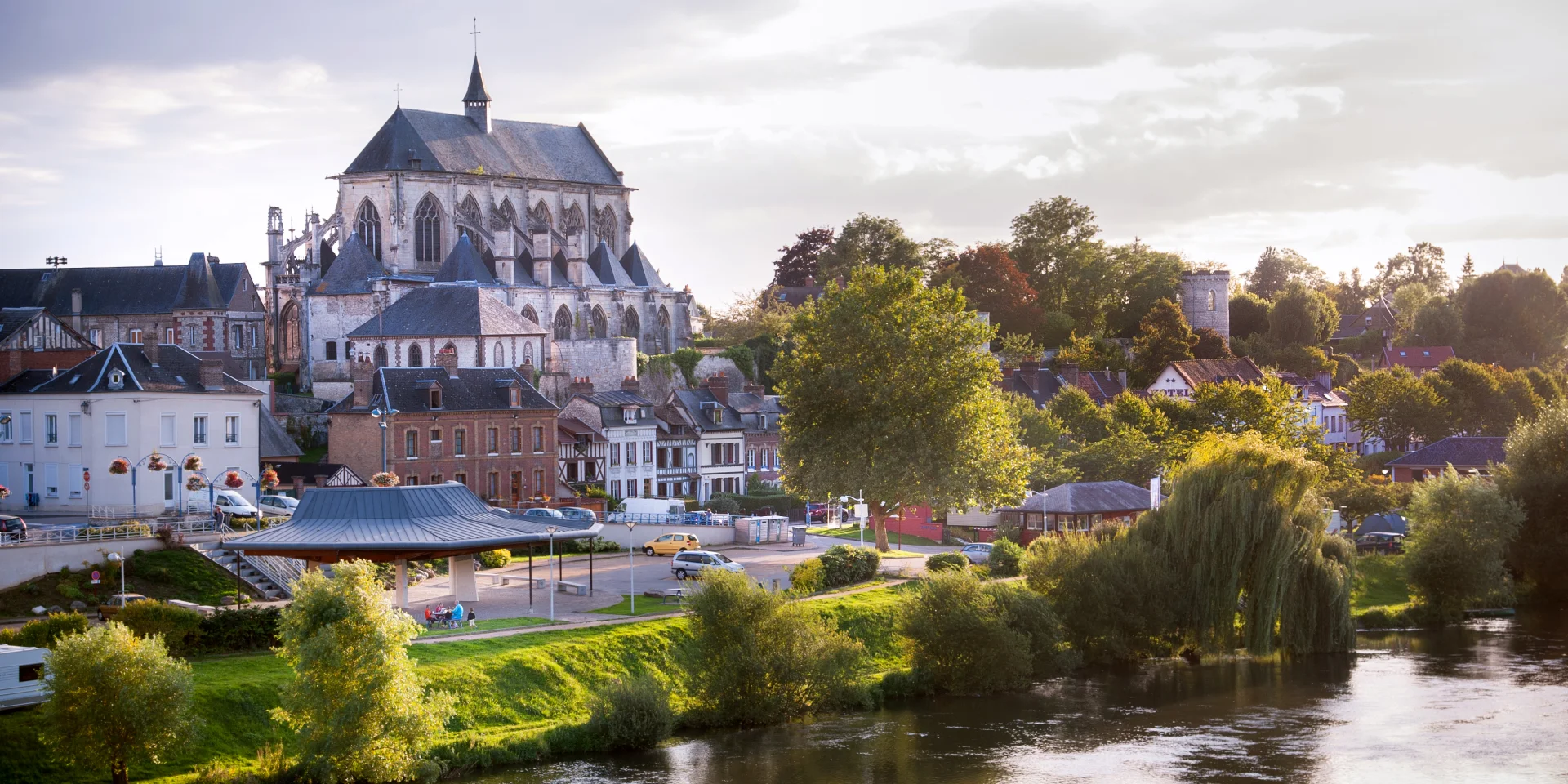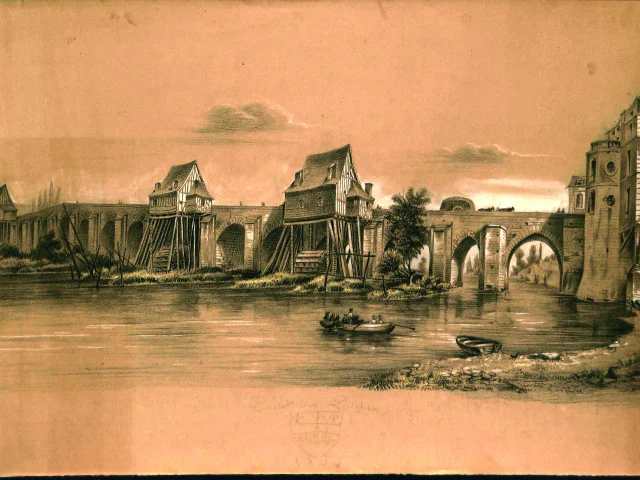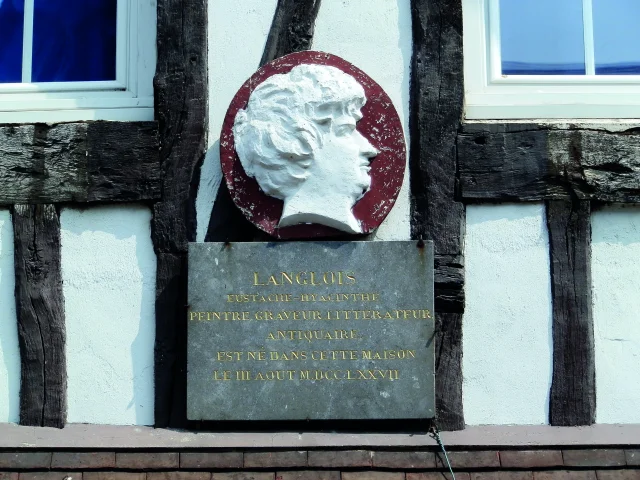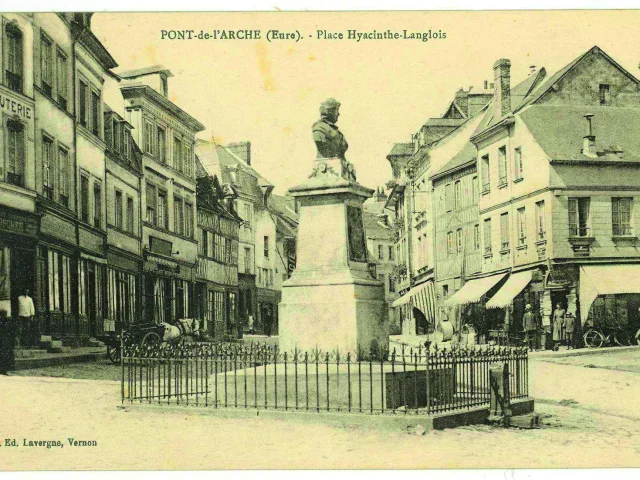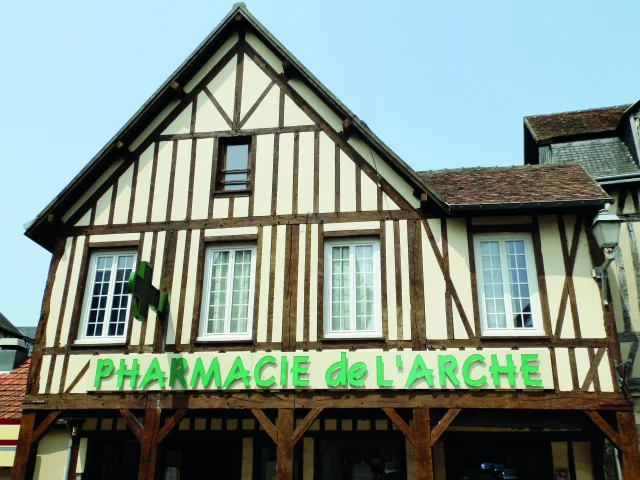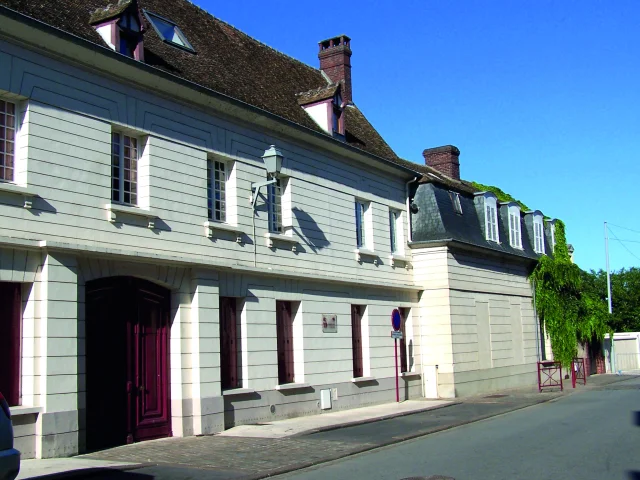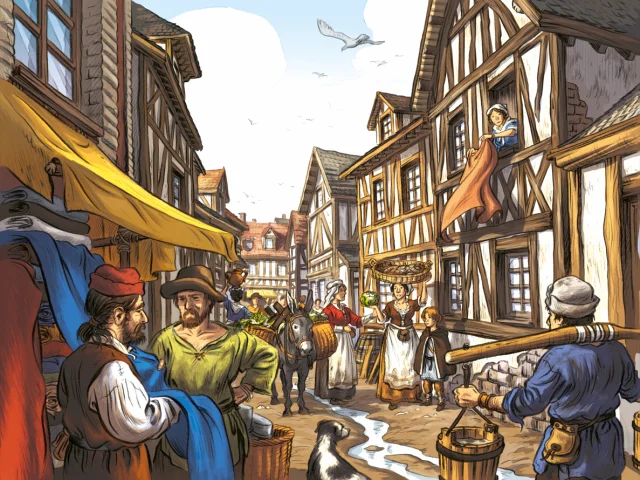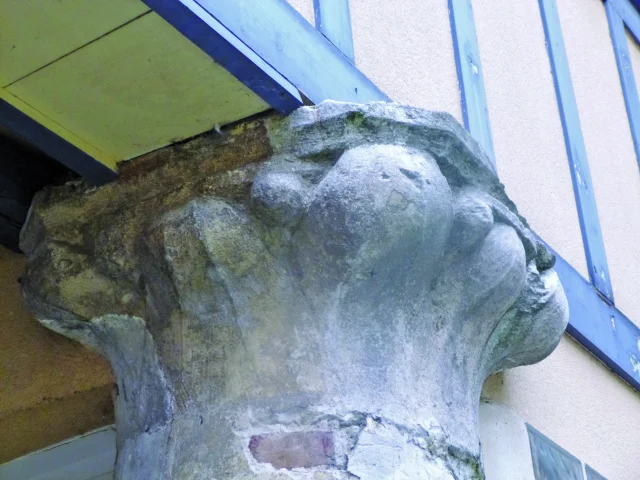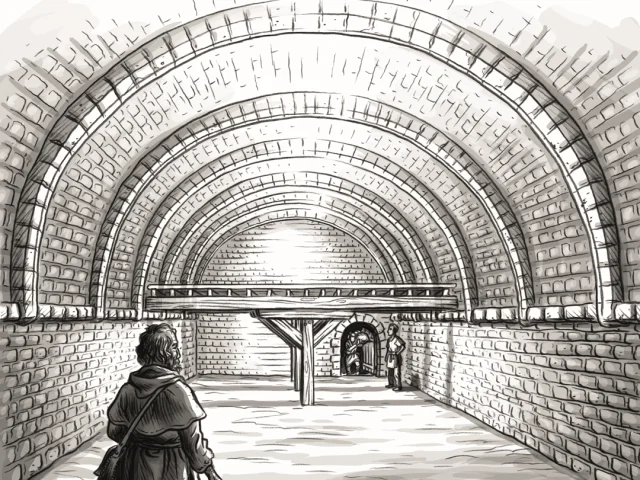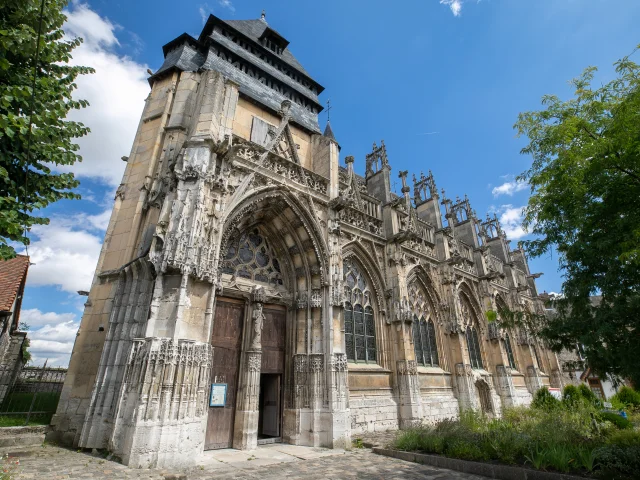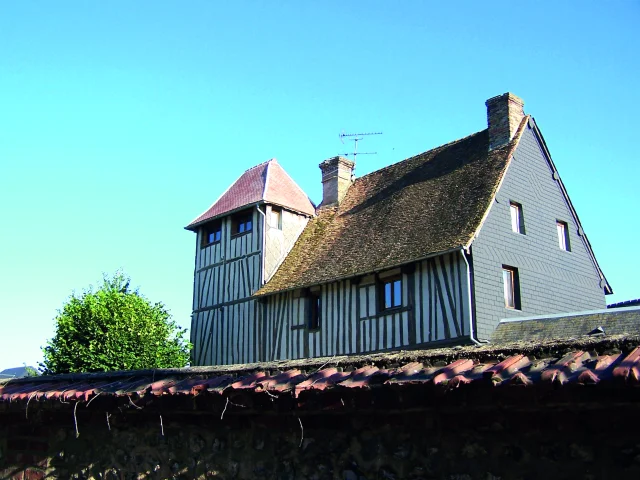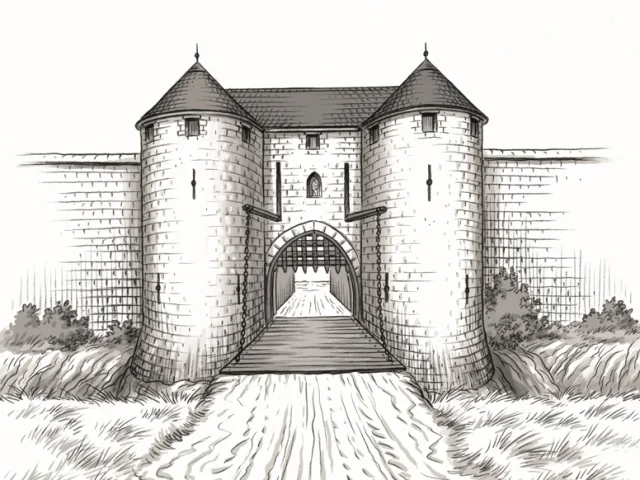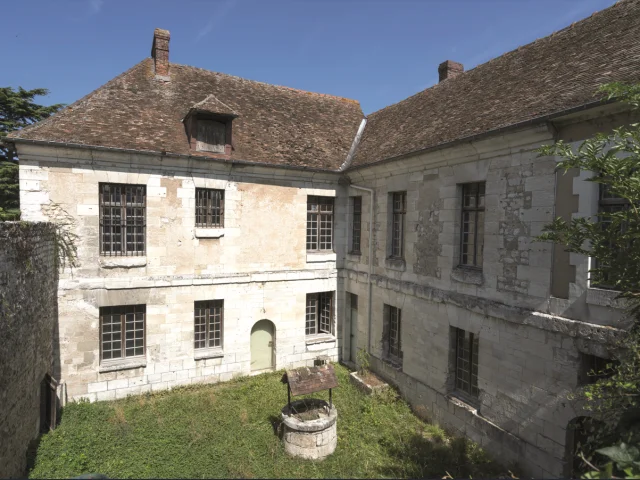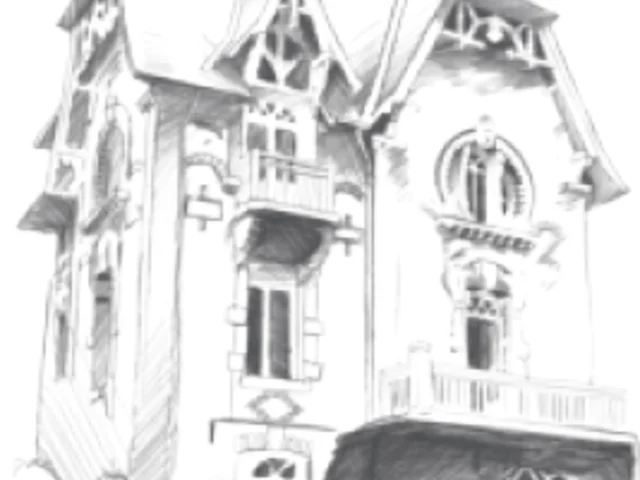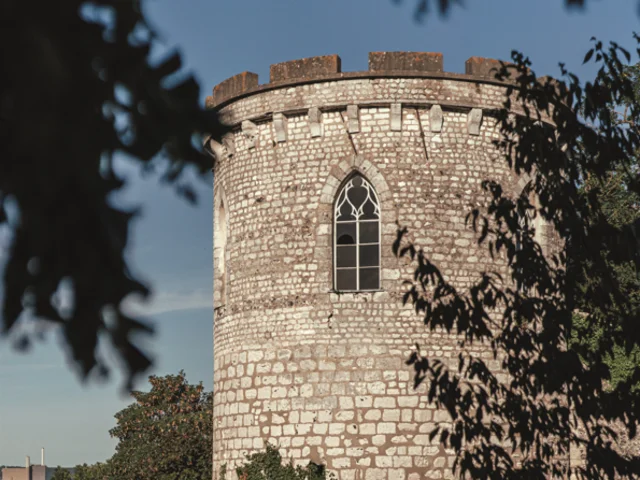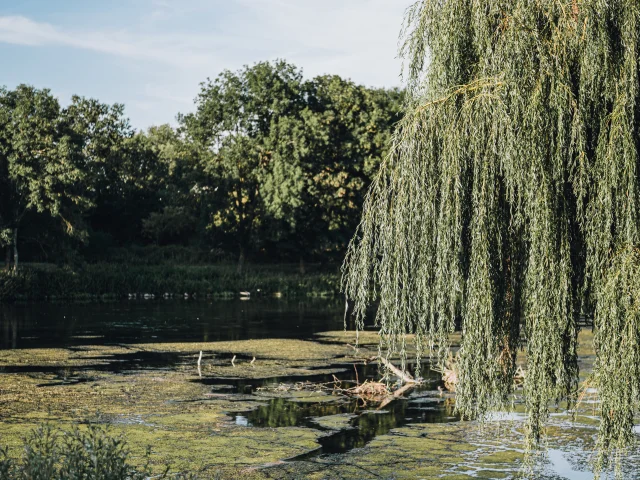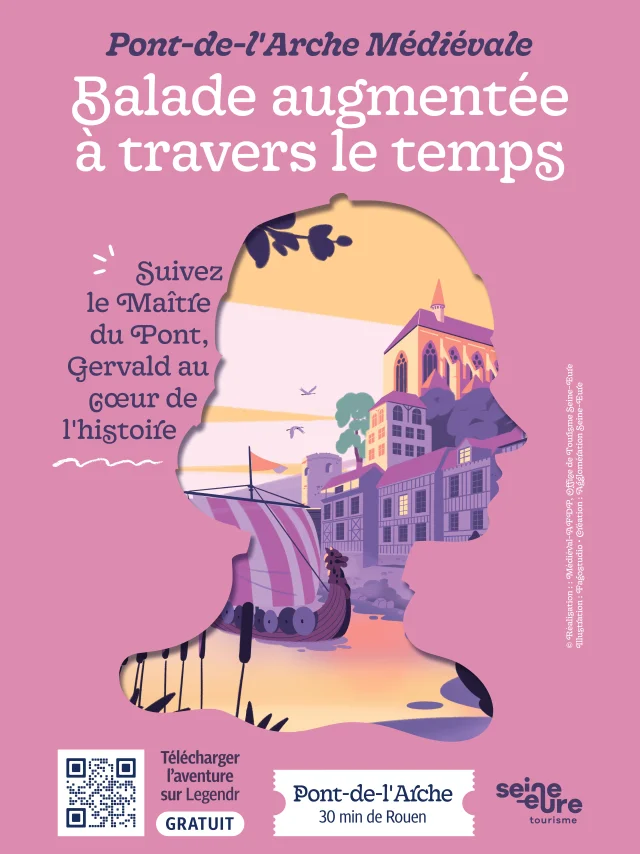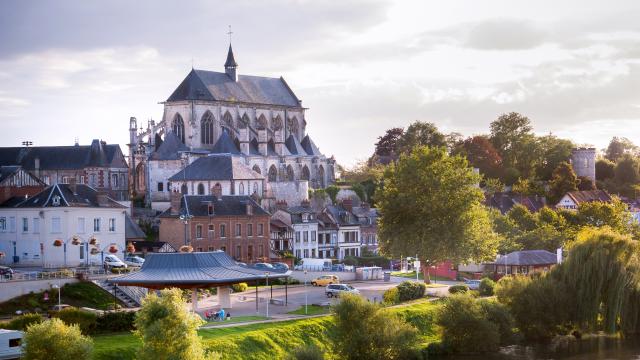A strategic medieval city
Imagine drakkars sailing silently down the Seine, sacking Rouen and burning Jumièges Abbey. In 862, to counter these repeated attacks, King Charles II decided to establish a stronghold at Pont-de-l’Arche, geographically well placed to control the river. Long regarded as the “Key to Rouen”, its strategic position as a fortified bridge town in Normandy meant that the town played an important role in the history of Normandy and France. Here, the Viking epic, the Duchy of Normandy, the Hundred Years’ War, illustrious characters and the history of the Seine’s bargemen all come together.
